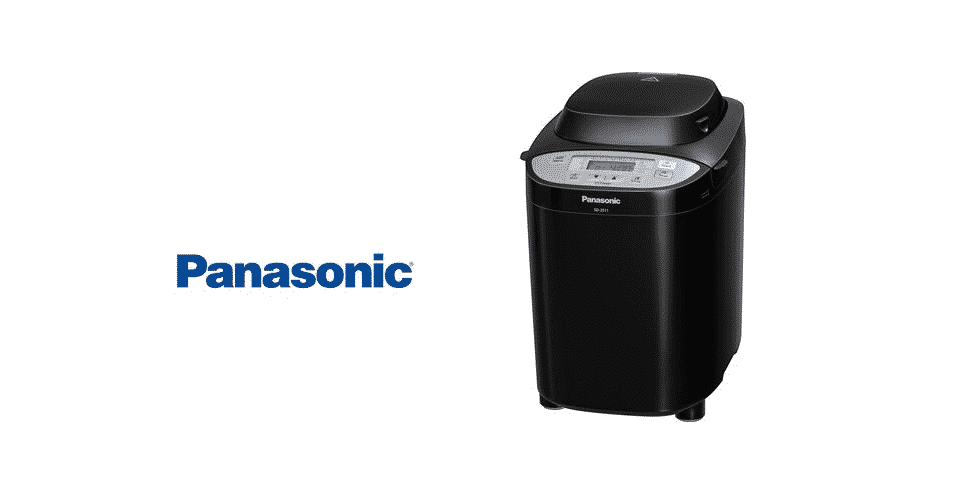
Panasonic has always been a top brand name when it comes down to household appliances. For this reason, they have come out with bread makers to help people make perfect bread at home. However, there are Panasonic bread maker problems that a user must know, so they can get to bread-making without any interruptions!
Panasonic Bread Maker Problems
1) Loaf Sticks To The Pan
If you have chosen the Panasonic bread maker with a non-stick design but the loaf is still sticking to the pan, it will eventually result in a bad texture. This is because you will have to break the loaf into marred lumps. In case you’ve bought the bread maker recently and it’s still new, you should clean the pan in the dishwasher because it can damage the non-stick surface, hence the sticking. In fact, we suggest that you don’t even use the cleaning detergent and the right way is to rub the pan with oil for cleaning off the flour.
On the other hand, if you don’t want to use oil, you can clean the pan with a washing liquid, soft cloth, and only use cold water. However, there are various other tips that will help keep the loaf intact, such as;
- Before you add dough to the pan, spread oil all around and there won’t be any sticking
- When the loaf is made up, you should let the bread maker cool down for ten minutes and you can put it in cold water for two to three minutes. This is because cooling will shrink the bread loaf and it will ensure easy removal of loaf from the pan
- You can also remove the bread maker’s pan after the cycle is complete and wrap it in the damp towel (use warm water for damping the towel) for five to seven minutes
- Lastly, before you start taking out the bread loaf, you should run the knife on the insides and turn the pan upside down for easier bread removal
2) Loaf Has A Holed Bottom
When it comes down to bread, it’s likely to have holes and that’s pretty normal. However, some people are complaining about the holed bottom and it’s caused by the collapsible paddle. For this reason, you should use a chopstick and stick it into the hole (the hole that’s attaching the paddle shaft and pedal it out). On the other hand, if your bread maker has a removable paddle, just remove the paddle before you add the bread dough. For this purpose, you should switch off the bread maker at the start of the final rise, and remove the paddle and dough. Then, put bread dough back into the pan.
3) Loaf Sinks & Collapses In The Center
When the loaf is collapsing and sinking, let us tell you that it’s a common issue and there are various tricks to resolve the issue. In particular, various small changes in dough volume will directly influence the texture of the bread. Some of these factors include;
- First of all, you should observe and recheck the recipe and see if you used the right amount of ingredients or not. If you used incorrect ingredients, make sure that you are careful the next time
- Make sure that you use the correct type of flour and yeast. If you have the right type of yeast and flour, ensure that they aren’t expired
- The loaf can also sink and collapse if you add too much liquid to the bread dough. For the most part, the dough must be rounded and smooth. In simpler words, the dough should have even consistency to ensure it rises properly
- Make sure that you don’t add too much yeast because it will make the dough rise too quickly, and it will eventually collapse
- Lastly, adding a teaspoon of extra salt will enhance the structure
4) Loaf Doesn’t Rise
When the bread loaf doesn’t rise properly, you must ensure that ingredient measurement is correct and the yeast is active. In addition, the bread won’t rise properly if you are using whole wheat and rye flour because they have a low-gluten factor. That being said, the bread will properly rise if you use white flour. In addition, it’s best to use warm water for mixing the bread ingredients.
5) Too Many Holes In Bread
A few holes here and there in the bread are normal. However, if there are too many holes in the bread, there are chances that you added too many liquids and yeast. For this reason, you should reduce the yeast percentage in bread dough and holes will be reduced!
